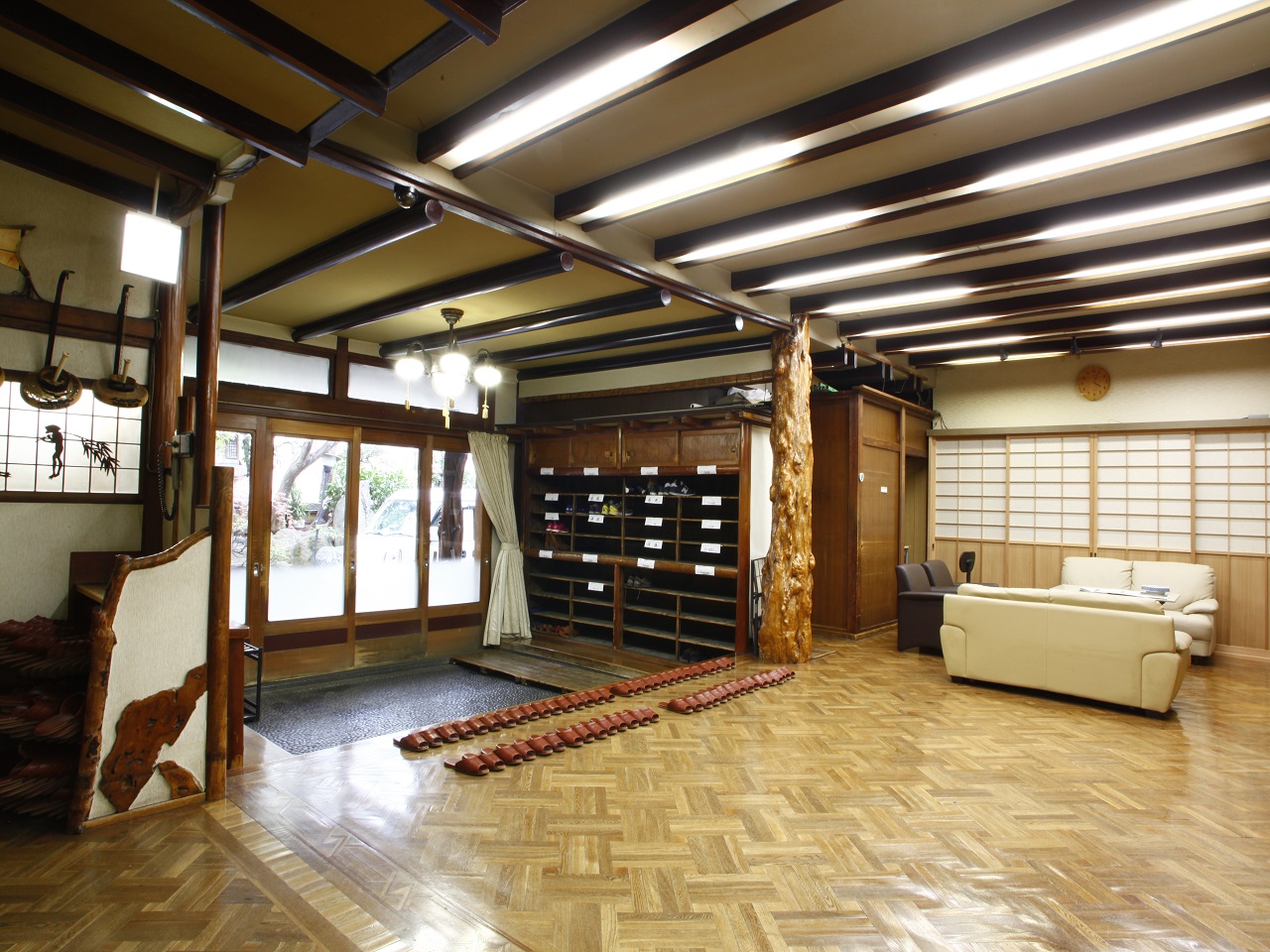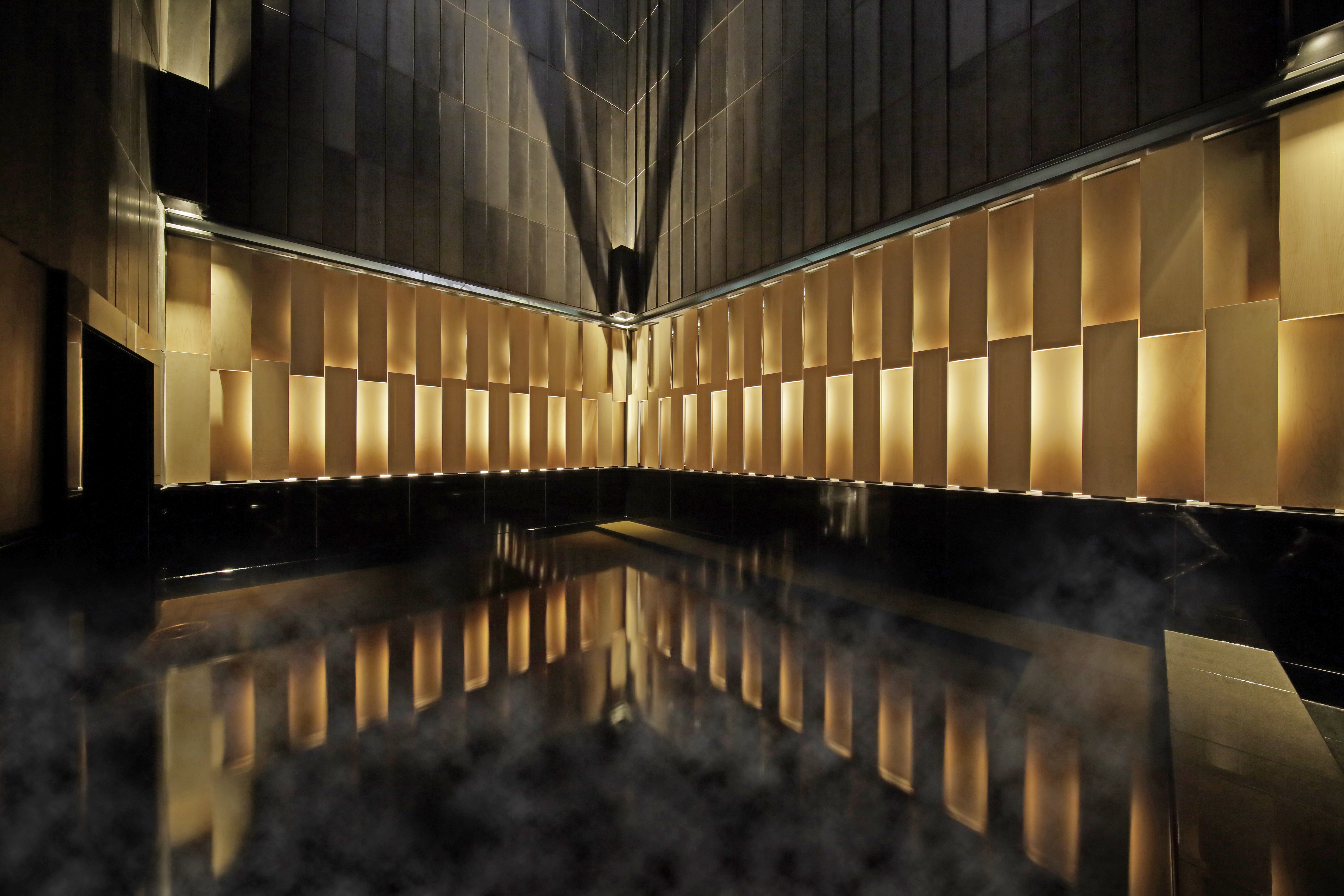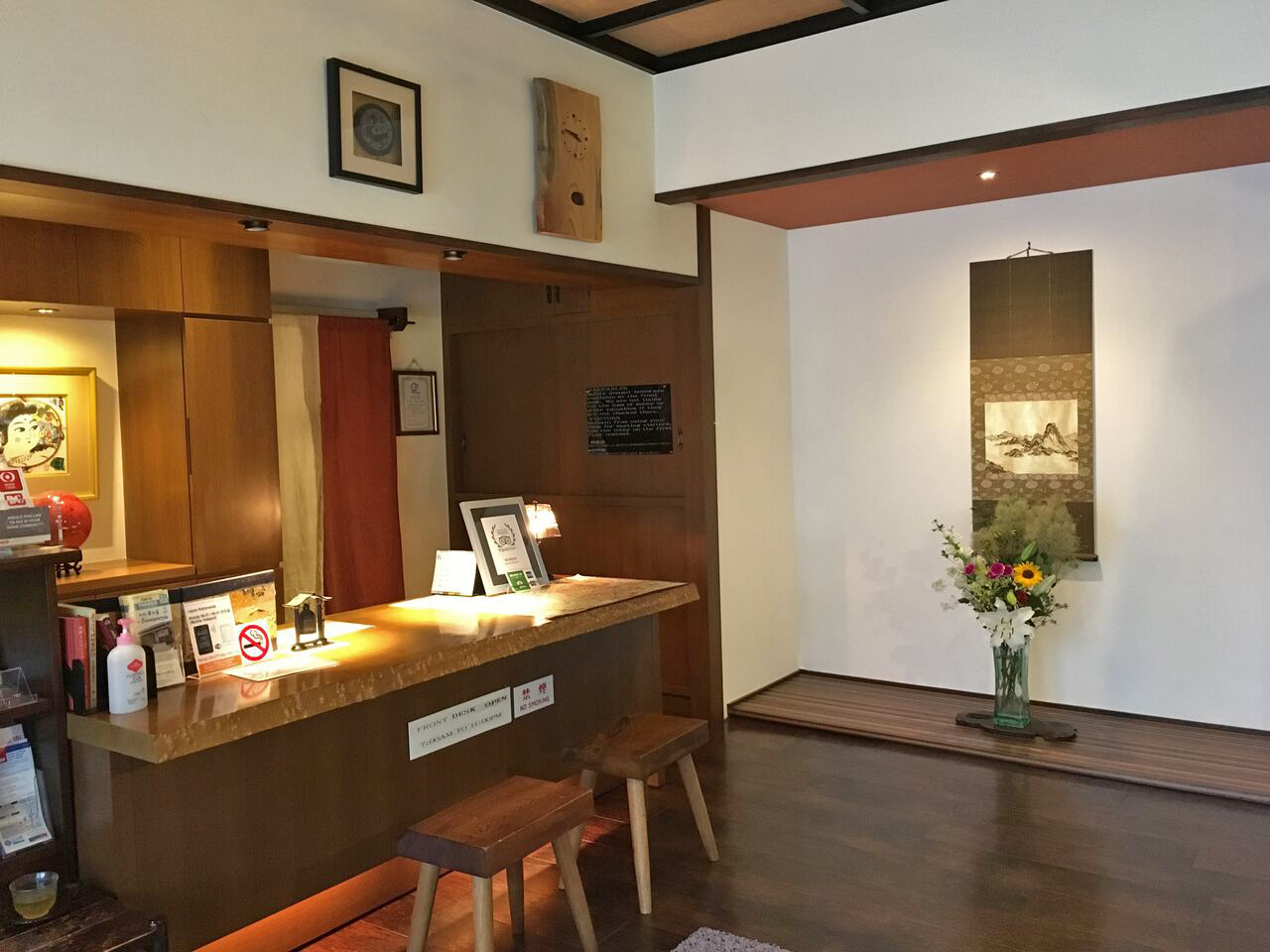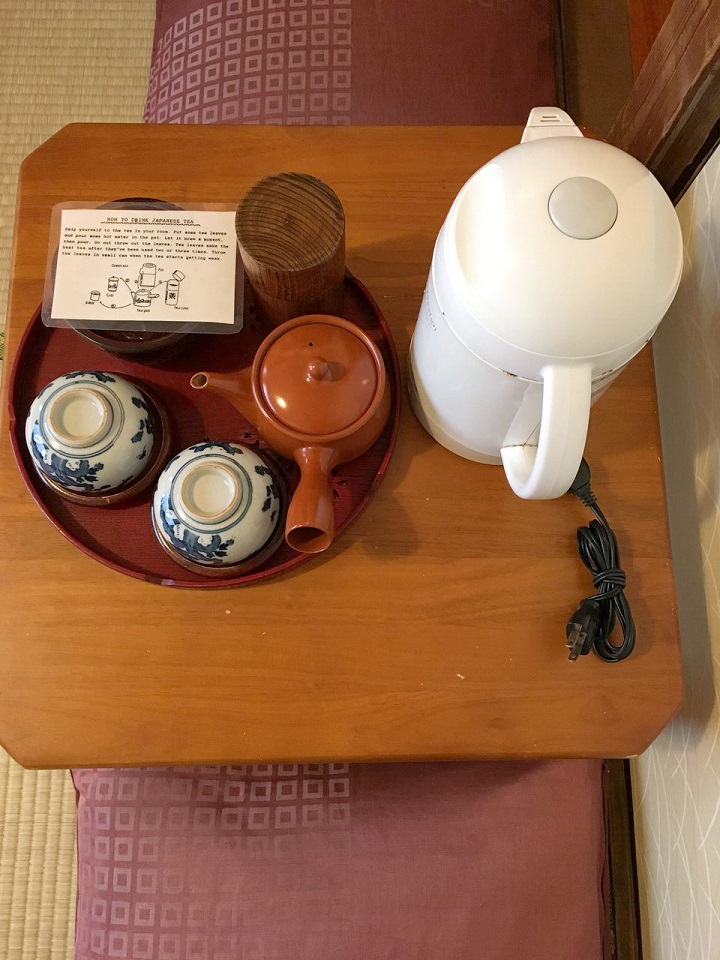Web Japan > Trends in Japan > Food & Travel > Ryokan in Tokyo - A Unique Japanese Experience in the Capital of Japan
Ryokan in Tokyo - A Unique Japanese Experience
in the Capital of Japan
Staying in accommodation away from one's daily life is one of the pleasures of traveling. Japan offers luxury and business hotels as any other countries, but it also has a unique form of accommodation called ryokan (traditional inn).
The origin of ryokan dates back to the Edo period (1603-1868). When the civil warfare period ended and the reign of Tokugawa clan of shoguns began, the country's political situation stabilized and a highway system was built. Back then, the government hired a system called sankinkotai, where local rulers called daimyo had to regularly transfer their residence to the city of Edo (present-day Tokyo) where the central government was located. The highways were equipped with so-called honjin (troop headquarters), or accommodations for the daimyo, around which a concentrated area of inns called shukubamachi was developed. Accommodations called hatago (travelers inn), mostly aimed at merchants, were also built in these shukubamachi, and these honjin and hatago became the direct precursors to today's ryokan.
Take Off Your Shoes and Relax on Tatami
Today, there still exist many ryokan in many places of Japan. Even in Tokyo, Japan's capital city, you can experience Japanese hospitality in a ryokan.
The following explains the kind of experience you can expect at a typical ryokan.
Firstly, as you take off your shoes at the entrance, the staff puts them in a locker for you. After checking in at the reception, they will bring you and your luggage to the room. Most of the rooms have traditional Japanese style. They are laid out with tatami (straw mat), which are woven out of tough plant fiber, and the windows are covered with Japanese paper glued on wooden frames called shoji (paper screen) instead of curtains. In the middle of the room there will be a low table and several zabuton (floor cushions). On the table you will find a Japanese tea set. If you have requested dinner, staff will either bring it to your room or serve it in a traditional banquet room for you to eat with other guests.

Entrance to a traditional ryokan. Here you take off your shoes and change into slippers (Homeikan Morikawa Bekkan(annex)).

Traditional Japanese guest room. The window on the left side uses shoji (Sukeroku no Yado Sadachiyo).

Traditional Japanese guest room. The round container on the table holds a Japanese tea set (Homeikan Morikawa Bekkan(annex))
Japanese room tea set (Ryokan Sawanoya).
One of the most enjoyable aspects of staying at a ryokan for Japanese people is the common bath called Oburo. Many Japanese find that stretching out your limbs while soaking in the bath's large hot water tub is a great way to relax after an exhaustive day. A guest room is often equipped with a bath and a toilet, though smaller ryokan generally use shared facilities. There are separate baths for men and women, which you share with other guests, and there are some places that let you reserve a bath for yourselves during a certain time slot. There are also ryokan where they have a rotenburo (outdoor bath), where it is protected from being watched from people outside, and where you can enjoy the stars and scenery while taking bath.
Bath for multiple people (Sukeroku no Yado Sadachiyo).
When you return to your room from a meal or a bath, a futon (traditional mattress) will be waiting for you. In many cases, a yukata (casual Japanese robe) will be supplied as nightwear. You can wear your yukata freely around the ryokan. Just like a hotel, your room will be cleaned while you are away, unless you request otherwise. Some places have a curfew, so make sure to check it whenever you stay in a ryokan.

Breakfast served in the room. A tray with legs, called zen (meal tray), carries a meal for a single person and is placed directly on the tatami mat (Homeikan)
Some ryokans in Tokyo use buildings with significant historical value that are actually registered as national tangible cultural assets. Their historical architecture and secluded environment make you feel as if you have traveled back in time to the Japan of 100 years ago.

Outside view of a ryokan that is registered asa national tangible cultural asset ( Homeikan Honkan(main building)).

Outside view of a ryokan. You can see the noren curtain hanging above the door, which signifies the ryokan is open for business (Ryokan Sawanoya).

Outside view of a ryokan. There’s a jinrikisha (rickshaw) parkedat the entrance (Sukeroku no Yado Sadachiyo).
Experience the Utmost in Japanese Hospitality
Besides traditional, there are new types of ryokan where you can have a special and luxurious experience. In Otemachi, one of the world's biggest business districts in Tokyo, there’s a ryokan where they let you take off your shoes at the entrance and step onto tatami mat, just like a traditional one, and still let you experience a superior Japanese hospitality. Its interior is made of traditional Japanese designs. Sometimes, gagaku(traditional Japanese music) performances are held in the lobby.
The guest rooms are spacious and the beds have the comfort of Japanese futon. Each room comes with a private toilet and bath, but there is also a common bath that uses onsen hot spring water, something you don’t see often in Tokyo. Yukata made out of jersey fabric are supplied and can be worn outside. If you book meals during your stay, it will be provided by the Japanese executive chef who won the bronze medal at the Bocuse d'Or World Cooking Contest in 2013, who brings a new look to Japanese food with the style called “NIPPONcuisine”. Taking the form of a ryokan, this establishment offers the same convenience as a hotel and was featured in Condé Nast Traveler's Hot List 2017.

The shared bath uses onsen water drawn from 1,500 meters below ground. It is located on the top floor so you can look at the stars while taking bath (Hoshinoya Tokyo).
Yukata that can also be worn outside (Hoshinoya Tokyo).
Tokyo boasts many variations of ryokan, from the traditional to the modern. Even the smaller ryokan that did not use to receive many visitors from abroad because of their different cultures have recently started to actively invite foreign guests. There are also ryokans in business districts that provide superior Japanese hospitality. We would definitely recommend trying a traditional Japanese ryokan experience, even in the heart of Tokyo metropolis.












